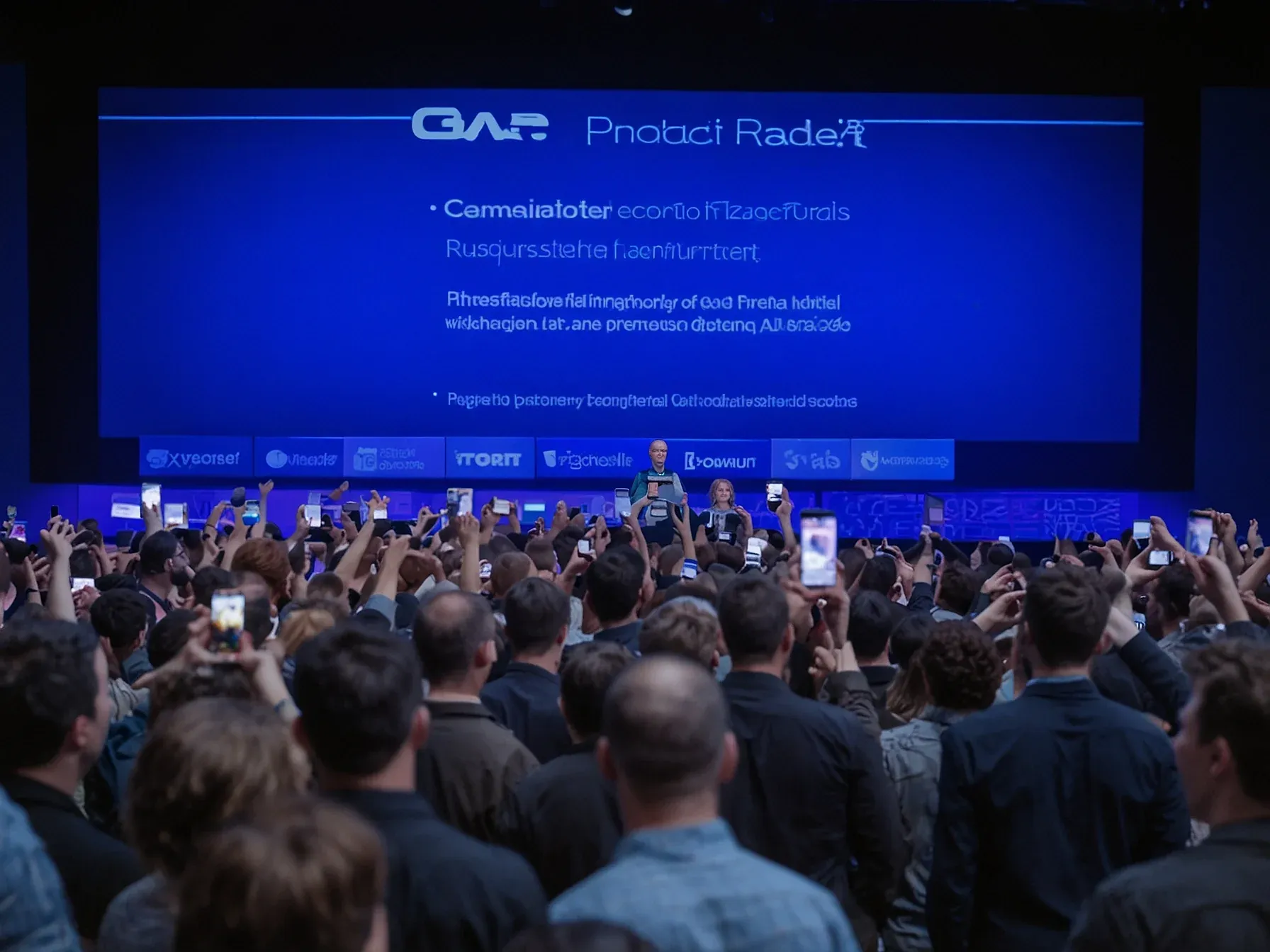
Lean4 powers AI advisers to pair hypotheses with physics‑consistent proofs
Why does it matter when a language model can suggest a new scientific claim and instantly check it against the laws of physics? While large‑language models have gotten better at drafting equations, they still churn out results that can’t survive a basic sanity check. That’s where Lean4, a theorem‑proving system, steps in.
By treating the proof engine as a filter, developers are turning generic text generators into disciplined advisers that pair each hypothesis with a formal verification. The approach promises a tighter feedback loop: the model proposes, Lean4 validates, and the output either proceeds or is discarded. It’s a shift from “creative but unchecked” to “creative with a safety net.” The result is an AI that doesn’t just guess—it backs its suggestions with a rigor that matches the standards of physics research.
As one AI researcher from Safe put it, “the gold standard for supportin…”.
Or, an AI scientific adviser that outputs a hypothesis alongside a Lean4 proof of consistency with known physics laws. The pattern is the same - Lean4 acts as a rigorous safety net, filtering out incorrect or unverified results. As one AI researcher from Safe put it, "the gold standard for supporting a claim is to provide a proof," and now AI can attempt exactly that.
Building secure and reliable systems with Lean4 Lean4's value isn't confined to pure reasoning tasks; it's also poised to revolutionize software security and reliability in the age of AI. Bugs and vulnerabilities in software are essentially small logic errors that slip through human testing. What if AI-assisted programming could eliminate those by using Lean4 to verify code correctness?
In formal methods circles, it's well known that provably correct code can "eliminate entire classes of vulnerabilities [and] mitigate critical system failures." Lean4 enables writing programs with proofs of properties like "this code never crashes or exposes data." However, historically, writing such verified code has been labor-intensive and required specialized expertise. Now, with LLMs, there's an opportunity to automate and scale this process. Researchers have begun creating benchmarks like VeriBench to push LLMs to generate Lean4-verified programs from ordinary code.
Early results show today's models are not yet up to the task for arbitrary software - in one evaluation, a state-of-the-art model could fully verify only ~12% of given programming challenges in Lean4.
Is Lean4 the answer to AI’s hallucinations? The article suggests it could be, by forcing every claim to pass a formal proof. Yet the approach hinges on the theorem prover’s ability to capture the full nuance of physical laws, a requirement the piece does not fully verify.
Lean4’s open‑source nature and its role as an “interactive theorem prover” are presented as strengths, offering a “rigorous safety net” that filters out unverified results. The quoted researcher from Safe calls the combination “the gold standard for supporting” scientific advisers, implying a high bar for reliability. Still, it remains unclear whether the overhead of generating proofs will scale to real‑time applications in finance, medicine or autonomous systems.
The concept of pairing hypotheses with Lean4‑verified consistency is intriguing, but the article leaves open the question of how often the prover can actually confirm complex, domain‑specific constraints without human intervention. In short, Lean4 adds a layer of formal verification, but its practical impact on AI reliability is still uncertain.
Further Reading
- Comprehensive Reasoning Framework for College-level Physics in Lean4 - arXiv
- LEAN4PHYSICS - OpenReview
- Can Theoretical Physics Research Benefit from Language Agents? - arXiv
- Scientific Hypothesis Generation and Validation: Methods, Datasets, and Future Directions - arXiv
- Advancing the Scientific Method with Large Language Models: From Hypothesis to Discovery - arXiv
Common Questions Answered
How does Lean4 function as a safety net for AI-generated scientific hypotheses?
Lean4 acts as an interactive theorem prover that formally verifies each hypothesis against known physics laws. By requiring a Lean4 proof of consistency, it filters out claims that cannot survive a basic sanity check, reducing the risk of AI hallucinations.
What role does the open‑source nature of Lean4 play in its integration with AI advisers?
Being open‑source allows developers to customize Lean4’s proof engine and integrate it directly with language models. This flexibility enables the creation of disciplined AI advisers that can generate hypotheses and immediately validate them within the same system.
Why might Lean4 not fully eliminate AI hallucinations according to the article?
The article notes that the effectiveness of Lean4 depends on the theorem prover’s ability to capture the full nuance of physical laws, which is not yet fully verified. If the formalization of those laws is incomplete, some incorrect claims could still slip through.
What does the Safe researcher mean by calling a proof the "gold standard" for supporting a claim?
The researcher from Safe argues that a formal proof provides rigorous, verifiable evidence that a claim aligns with established scientific principles. In this view, pairing an AI‑generated hypothesis with a Lean4 proof meets the highest standard of scientific validation.



